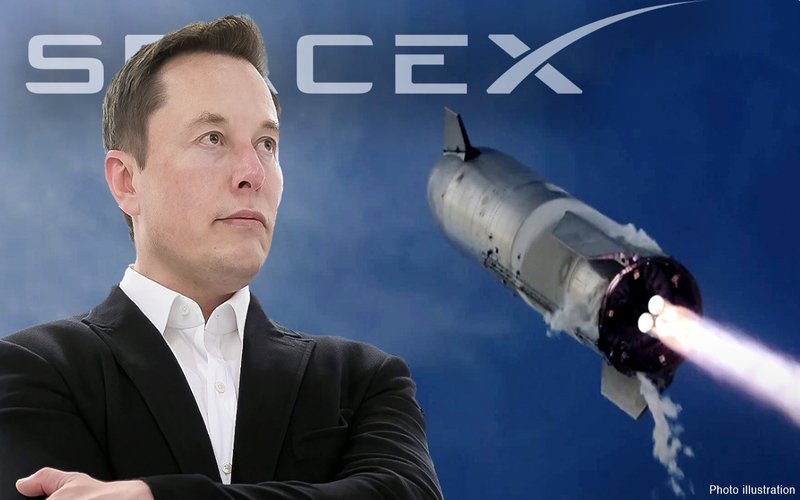SpaceX’s highly anticipated first launch of its newly integrated Starship cruise vessel and Super Heavy rocket was canceled in the closing minutes of the countdown owing to a frozen valve, delaying the uncrewed test flight for at least two days.
The two-stage rocketship, taller than the Statue of Liberty at 394 feet (120 m), was scheduled to launch from the SpaceX “Starbase” facility in Boca Chica, Texas, during a two-hour launch window that began at 8 a.m. EDT (1200 GMT).
The California-based business revealed on a live webcast that a frozen pressurization valve in the lower-stage rocket booster would delay the 90-minute space flight for at least 48 hours. As a result, the next launch window would be Wednesday.
SpaceX tweeted it was “working towards Thursday, April 20” for a second launch.
The remark sparked a rush of comments on social media about cannabis culture, 4/20, and Musk’s 2018 live online show smoking marijuana.
Musk founded runs, and engineers SpaceX. Last year, he bought Twitter for $44 billion. In addition, he runs Tesla, Inc.
SpaceX hopes to fly humans to the moon and Mars, initially as part of NASA’s Artemis human spaceflight program. So launching the Starship would be a major milestone.
After its first flight, the Starship system would become Earth’s most powerful launch vehicle.
The lower-stage Super Heavy booster and upper-stage Starship cruise vessel it would transport to space are reusable and can softly land on Earth, like SpaceX’s Falcon 9 rocket.
The first space test mission would not retrieve any stage. Then, after nearly one full orbit of the Earth, the Starship’s top stage crashed in the Pacific.
The Super Heavy rocket has never flown, but Starship cruise vessel prototypes have performed five sub-space flights up to 6 miles (10 km) above Earth.
SpaceX tested the booster in February, burning 31 of its 33 Raptor engines for 10 seconds while strapped vertically atop a platform.
Last Friday, the Federal Aviation Administration approved the maiden test flight of the fully stacked rocket system, removing the last regulatory hurdle for the long-awaited launch.
For the next launch attempt, all 33 Raptor engines will ignite simultaneously to loft the Starship around the Earth before it re-enters the atmosphere and free-falls into the Pacific at supersonic speed about 60 miles (97 km) off the northern Hawaiian islands.
After detaching from the Starship, the Super Heavy booster should conduct a controlled return flight before plunging into the Gulf of Mexico.
The Starship rocket is roughly two times more powerful than NASA’s Space Launch System (SLS), which launched Orion on a 10-day trip around the moon in November.

































Comment Template